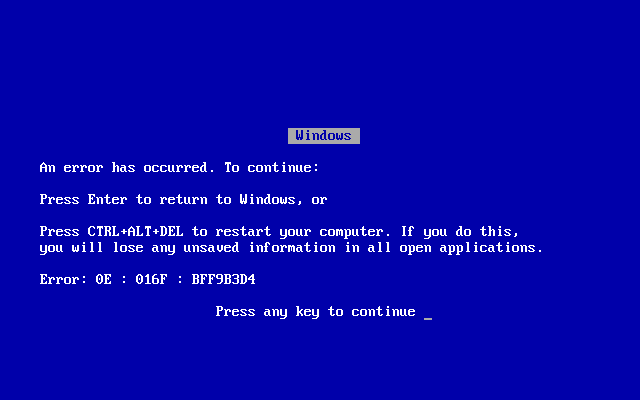Being a hands-on manager is great. It shows that you care about your employees and the work being done by them. It means that you’re not the inattentive sort all too willing to take credit but fob off responsibility. However, you can get carried away with it. Are you the kind of boss who shoulders the burdens of the team by yourself? If so, you’re cutting yourself and your employees short. To get more out of them, you have to learn that being hands-on doesn’t mean always handling the reins.
Make less of a hassle over managing them
Let’s talk about the most obvious way that micromanaging your employees can damage the company. By holding you back. As a person with authority, you have the ability to make decisions and do work that they can’t. If you spend all your time worrying about what your team is doing, then you don’t do the work that actually makes you money. Managing the team is important, but it can be done a lot more effectively and efficiently. For example, things like workforce management software can help you automate many of the tasks you’re doing yourself. You don’t have to pay attention to each individual record, but rather only get called in when your intervention is necessary.
Be aware of their individual contributions
It’s not enough to reward good work. It also needs to be recognized. Your employees need to learn that they don’t always need you hovering over their shoulder. Empower them to take more responsibility. Follow the rule of keeping criticism negative and praise public. Then once they’ve got the handle on something, don’t stick around to make sure they keep doing it right. You need to learn to value that they can contribute whether you’re there or not. You can do a lot better by using key performance indicators to simply track their progress towards goals. Then you catch up to discuss how work is progressing. People can do a lot better when they’re allowed to take control of their own productivity.
Get them engaged
Are you making every single decision that they could be making? Then you run the risk of directly hamstringing their potential to get involved. They’re less engaged since they have no reason to be creative or forward thinking in their job. They’re simply another cog in the machine at that point. But everyone has something to offer to the business overall. Get them more engaged. Let them contribute to decisions that affect their work. With those simple changes, they get used to offering their own thoughts. By taking the time to address their concerns and questions in team meetings, they learn their voice is valued. When they learn that, they start thinking in terms of what is best for the business. Not just how they keep performing to an expected standard.
Help them step up
The point that this should all be getting to is the point where you can step aside and give more responsibility to people. That is, letting go of some tasks that are taking up your own time. Delegating things that should no longer be your responsibility. Even helping someone grow up the ranks in the business. One of the reasons that is so important is that it makes your business a lot more likely to retain staff. If they see someone working up the ranks, it proves hope for them to do the same. They see your business not only as a place of employment but a place for a career.
Building an environment of confidence
Even more important than retaining people and building a team is building a workplace. Company culture and corporate mindset are important. If a business subsists off employees who feel like they’re in a dead-end job, that becomes their company culture. No-one’s satisfied, no-one’s confident. If you’re willing to let people be in charge of their job, that builds a company culture of creative thinking and engagement. It makes it easier for new people to accommodate to that culture. To bring their own skills sooner rather than later. The engagement of the individual is essential to the success of the whole. So make sure that building engagement, motivation and confidence are common parts of how you communicate to staff.
Too many bosses today let their insecurities and micro-management get in the way of the strength of the company. You have to learn to use your tools to manage smarter, not harder. Give them the push they need.















